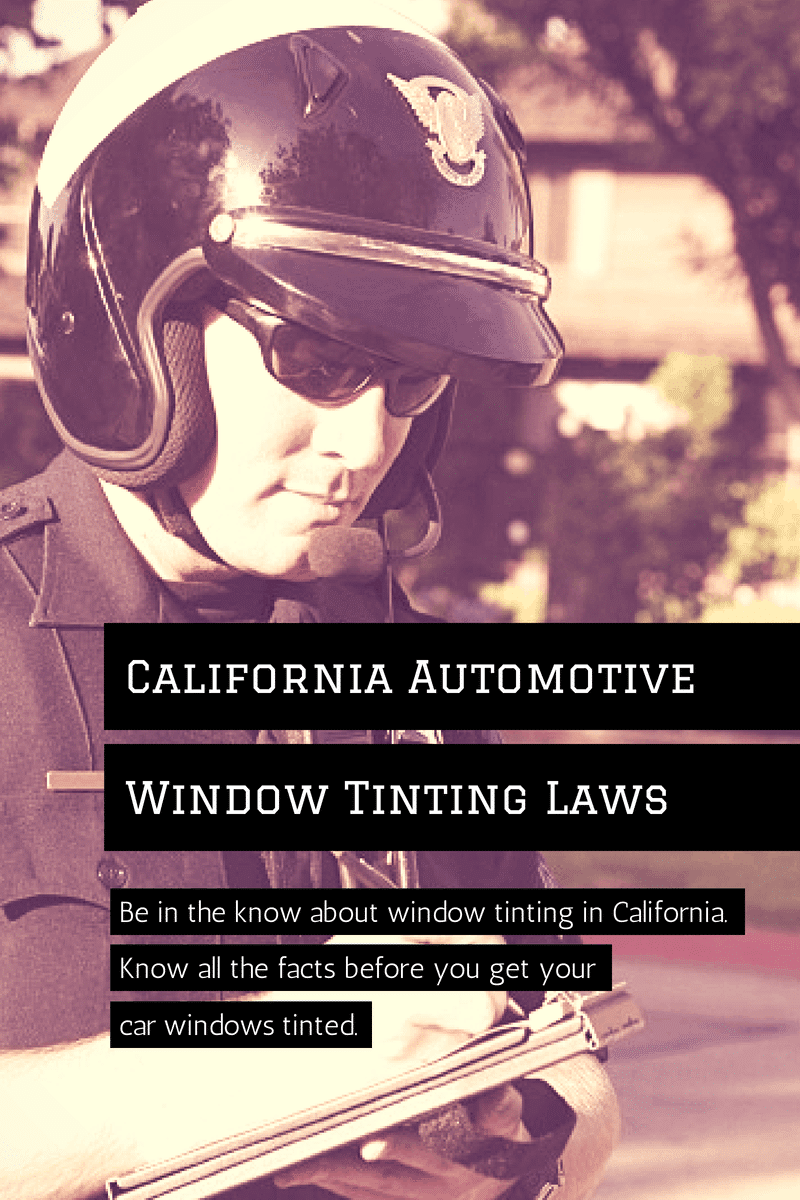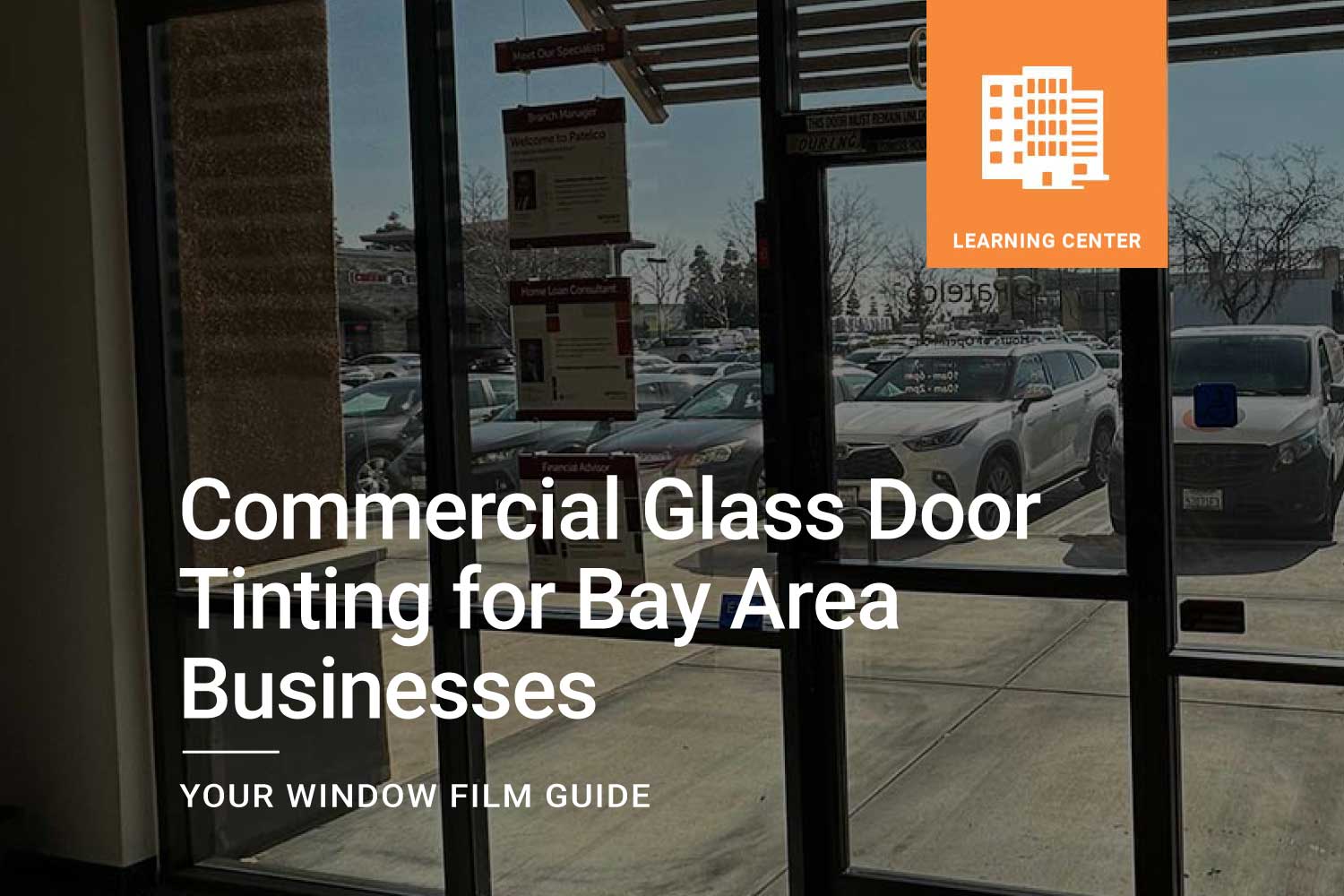You’ve heard the horror stories. Your friend gets his new car windows tinted at the local automotive tint shop with a nice dark tint all the way around. Looks great! That is until the local authorities drive up next to you and pull you over to the side of the road and have a chat. There the friendly police officers gives the procedural grilling, making you sweat bullets. After he’s made you uncomfortable long enough, he writes you a nice fix it ticket. That lovely ticket explains your new window tint is way too dark and you need to kindly remove it.

We will first detail California window tinting laws . The wording found on the California State Highway Patrol’s (CHP) website can be deceptive. The law approaches the topic by using VLT (visible light transmission), which is how much light is allowed to pass through the window tint. VLT is almost always measured in percentage, with 100% allowing all the light to pass and 0% meaning no light can transmit through the window tint. The smaller the VLT number the darker the film.
Windows behind the driver can be as dark as you desire, that includes the rear window and the rear passenger windows. The front windows, on both the driver and passenger side, must allow at least 70% of light through into the interior of the vehicle. However, the windshield must remain clear.
To give more detail into what the law means for your front windows, basically your front windows must stay the same as they are from the factory. This does not mean however you cannot have any tint applied. There are many window tints installed that will allow the same VLT as the stock auto glass on your front windows. Remember, glass itself is not 100% clear, all glass has a reduction in visible light.
By knowing these facts you are well armed to make your next automotive window tint purchase. Your nearby automotive tint shop should be aware of the local laws and they will advise you on which exact products are appropriate for your local area. If the shop seems unsure or is advising you to go against local state laws, you should shop elsewhere. Better safe than sorry.
If you are in The San Francisco Bay Area, we have a recommended list of local 3M Authorized Automotive Window Tint dealers along with some more helpful tips when selecting a automotive tint shop.




